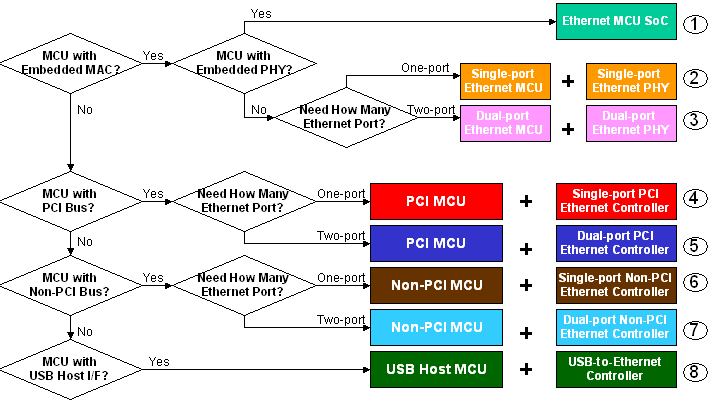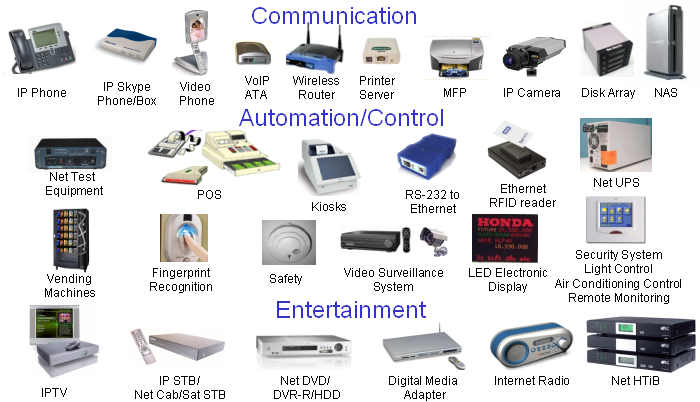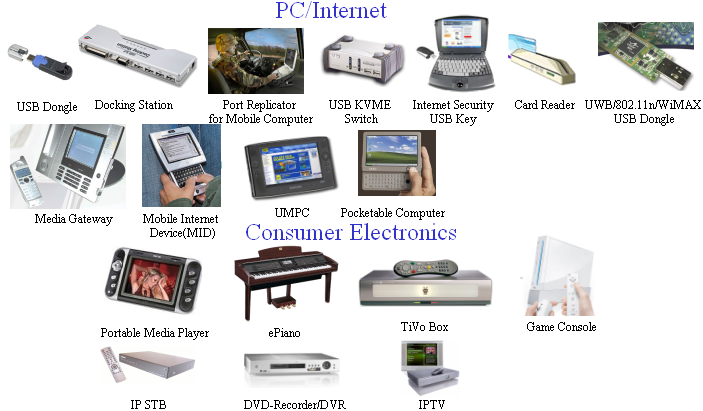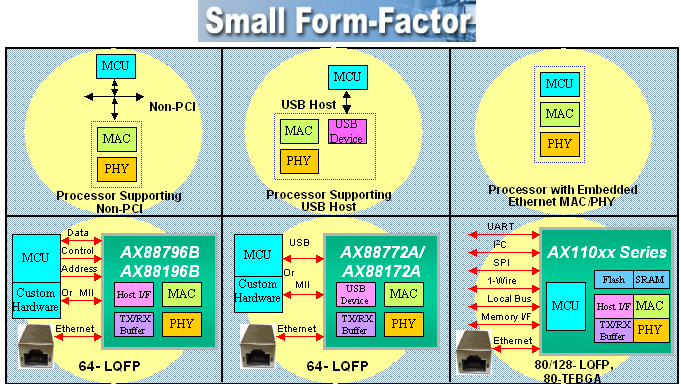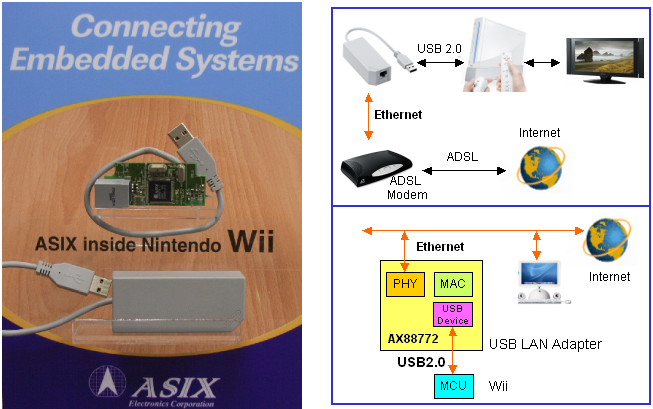An embedded system usually implies a non-PC (personal computer) system with basic computer-like functionalities, comprising of a microcontroller, customized hardware, an embedded operating system and application-specific software. The applications of embedded systems are broad and ubiquitous, and the deployment of such applications in factory automation and consumer mobile products demonstrate the growing importance of embedded systems in both industrial and telecommunication applications in the marketplace.
The microcontroller has long been the key component of the embedded system and the focus of chip designers. In 2006, the revenue of the worldwide microcontroller market was US$12 billion, divided between 8-bit, 16-bit, and 32-bit processors. The 8-bit processor held the largest market share, comprising 39% of the revenue of all microcontrollers sold, a slight decrease from a market share of 42% in 2004. The16-bit microcontroller was the next largest, with a constant 31% market share from 2004 to 2006. Finally, the 32-bit microcontroller grew from 27% to 30% market share from 2004 to 2006. However, due to its lower ASP(average selling price), the 8-bit microcontroller comprises over half of the total unit sales in microcontrollers.
The microcontroller used in embedded system design is primarily focused on control capabilities, where integration is the primary objective. Based on the target application, chip designers will incorporate different degrees of memory, input/output interface, and computational ability into a single controller. In order to gain market share and a competitive advantage, chip designers, whether they are designing for 8-bit, 16-bit, or 32-bit microcontrollers, need to constantly innovate to satisfy the needs of their customers. Microcontroller technology has improved to include analog support, new peripheral support, better operating efficiency, improved specifications, a smaller form factor, and better technical support.
Based on its ease of use, low cost, high bandwidth, stability, security, and compatibility across devices, Ethernet has become the de facto standard of network access, surpassing that of both SOHO and enterprise networks and expanding into the consumer electronics market. The proliferation of M2M communications anticipates a rise in Ethernet-capable microcontroller market.
